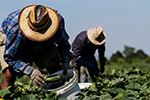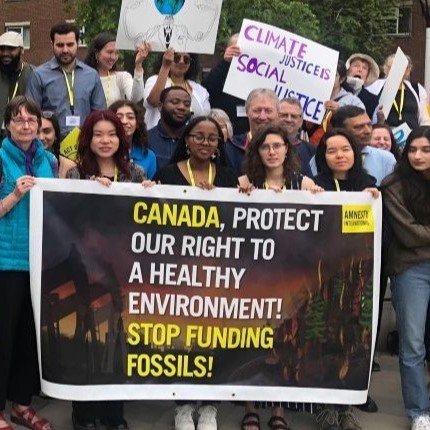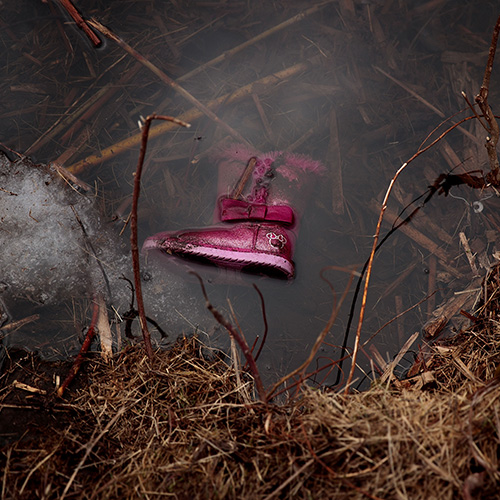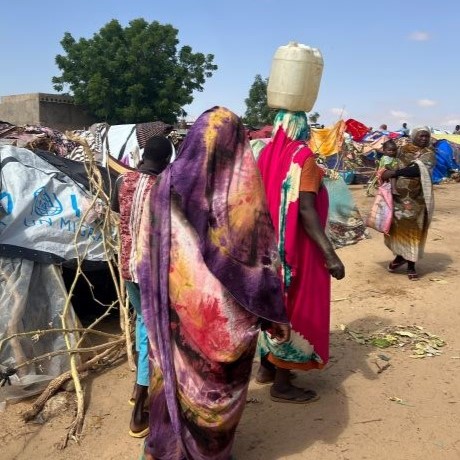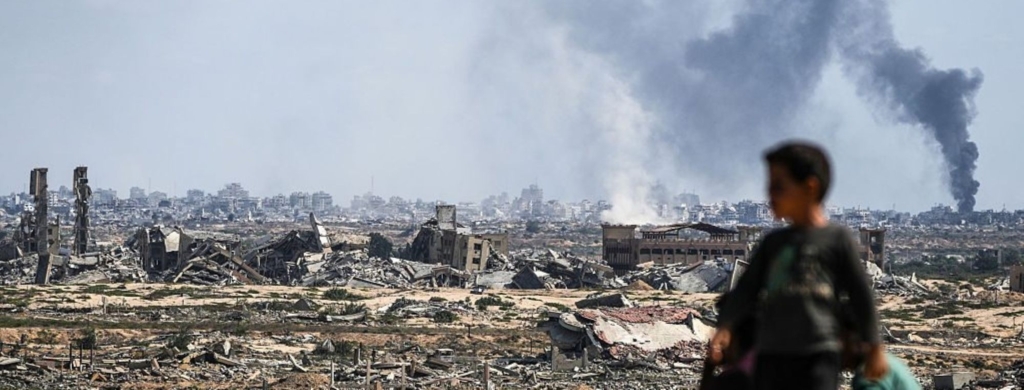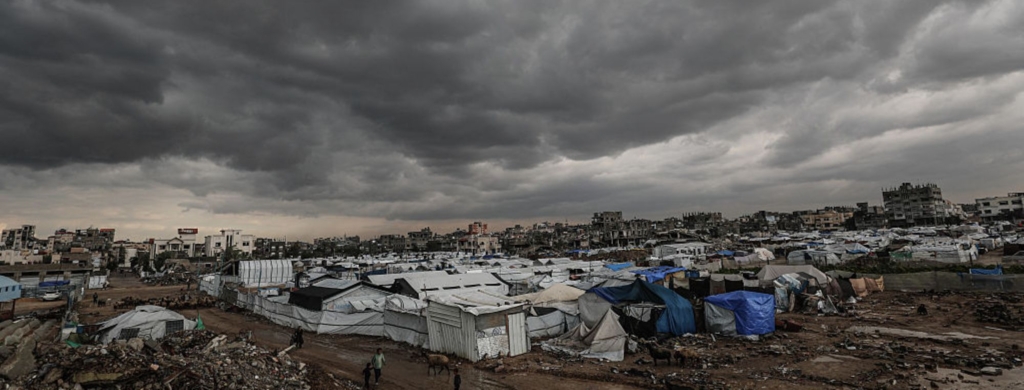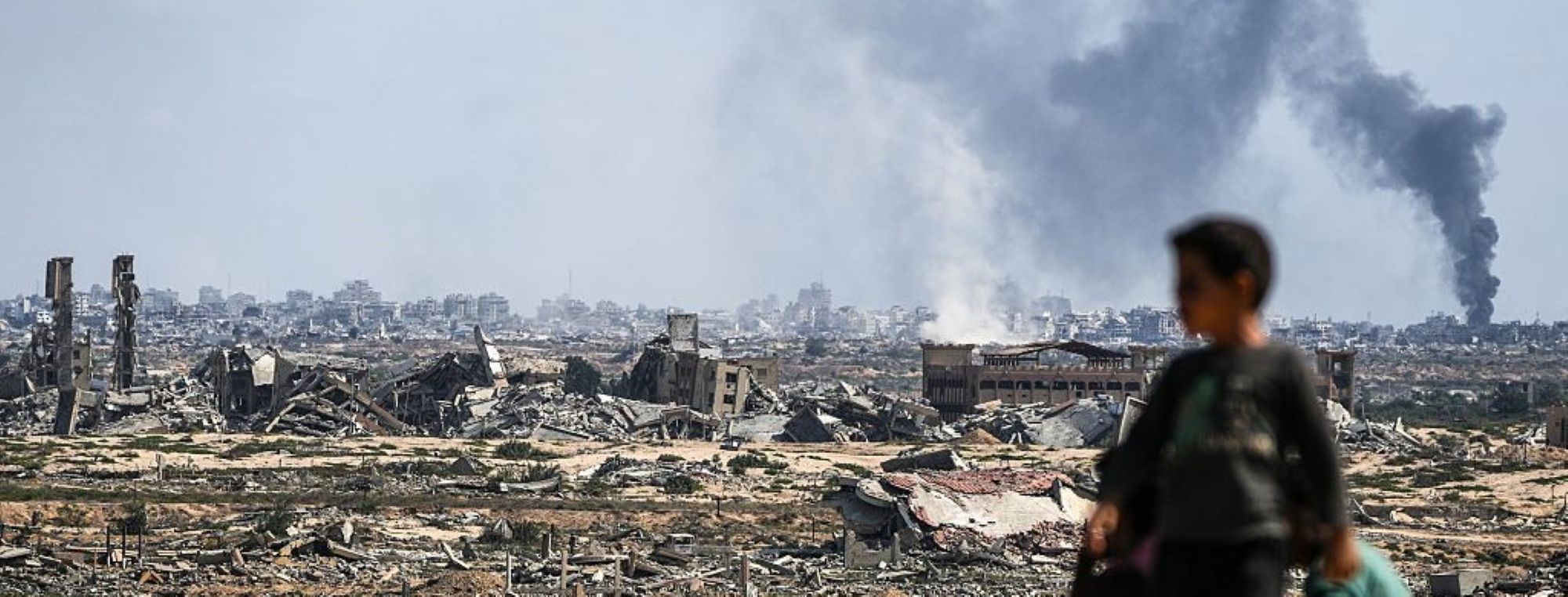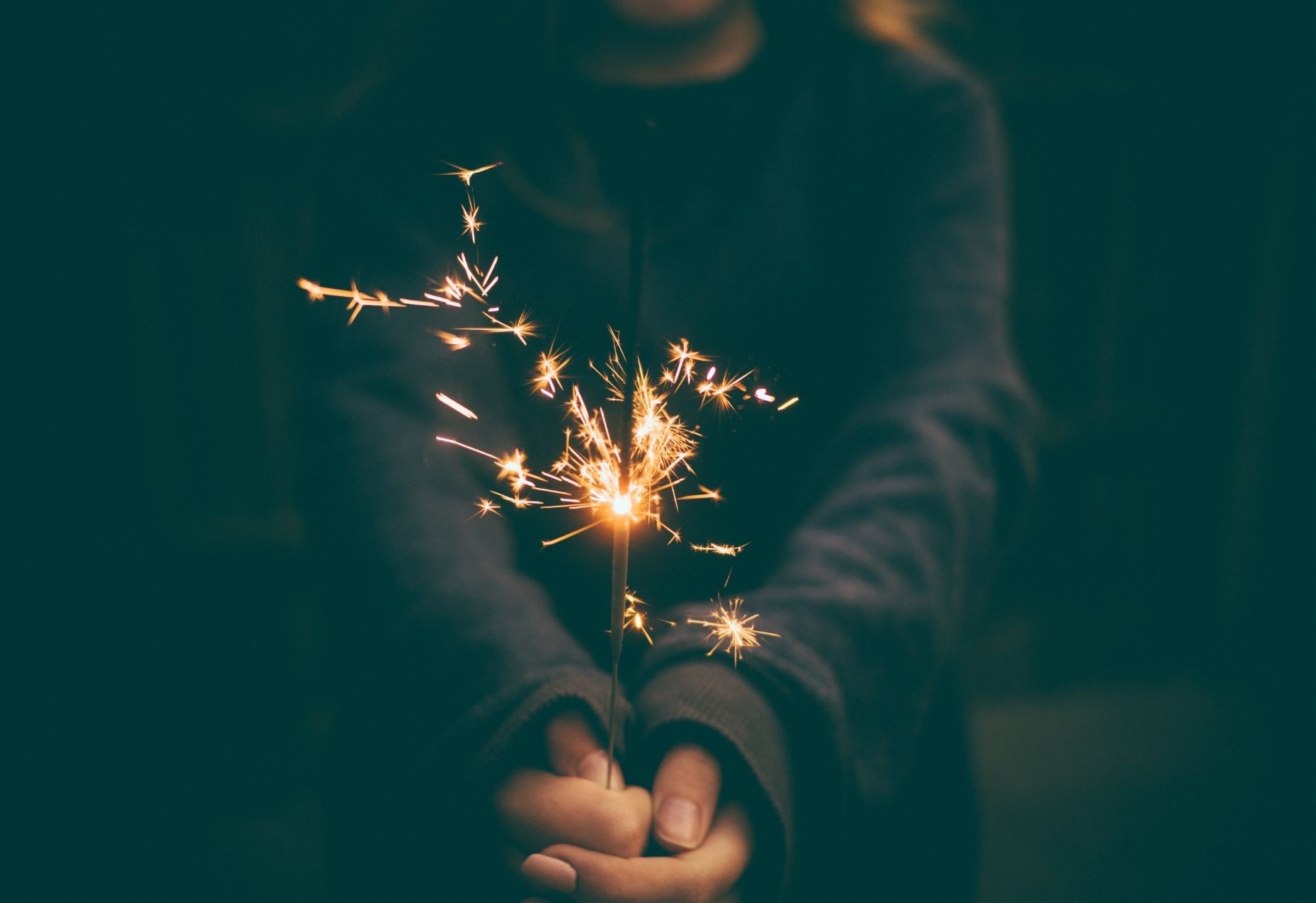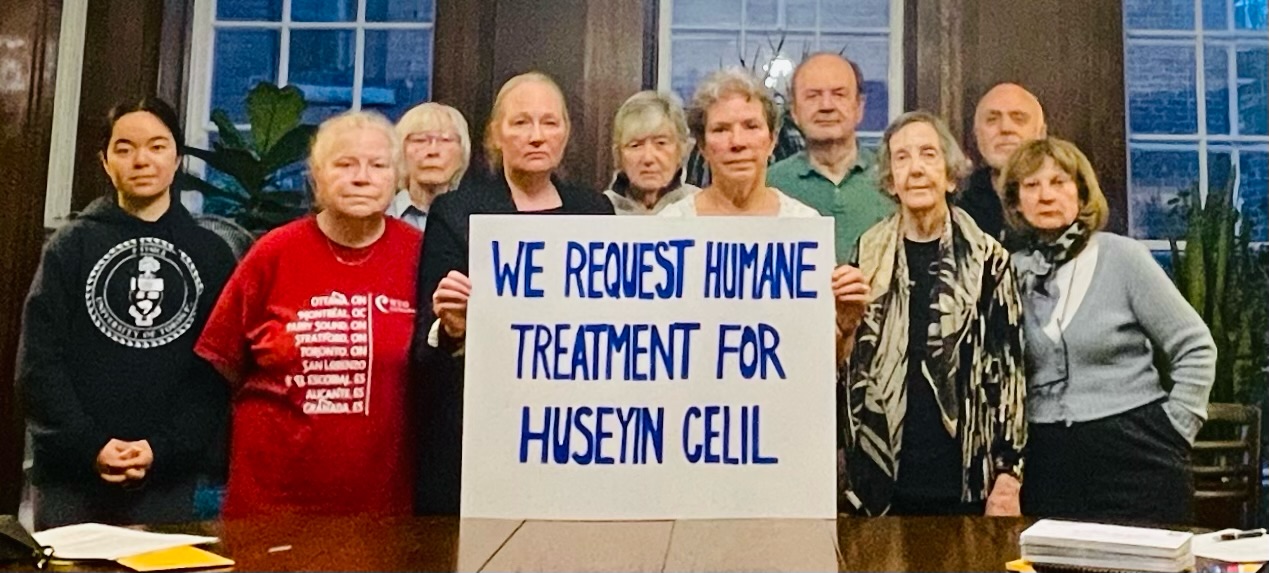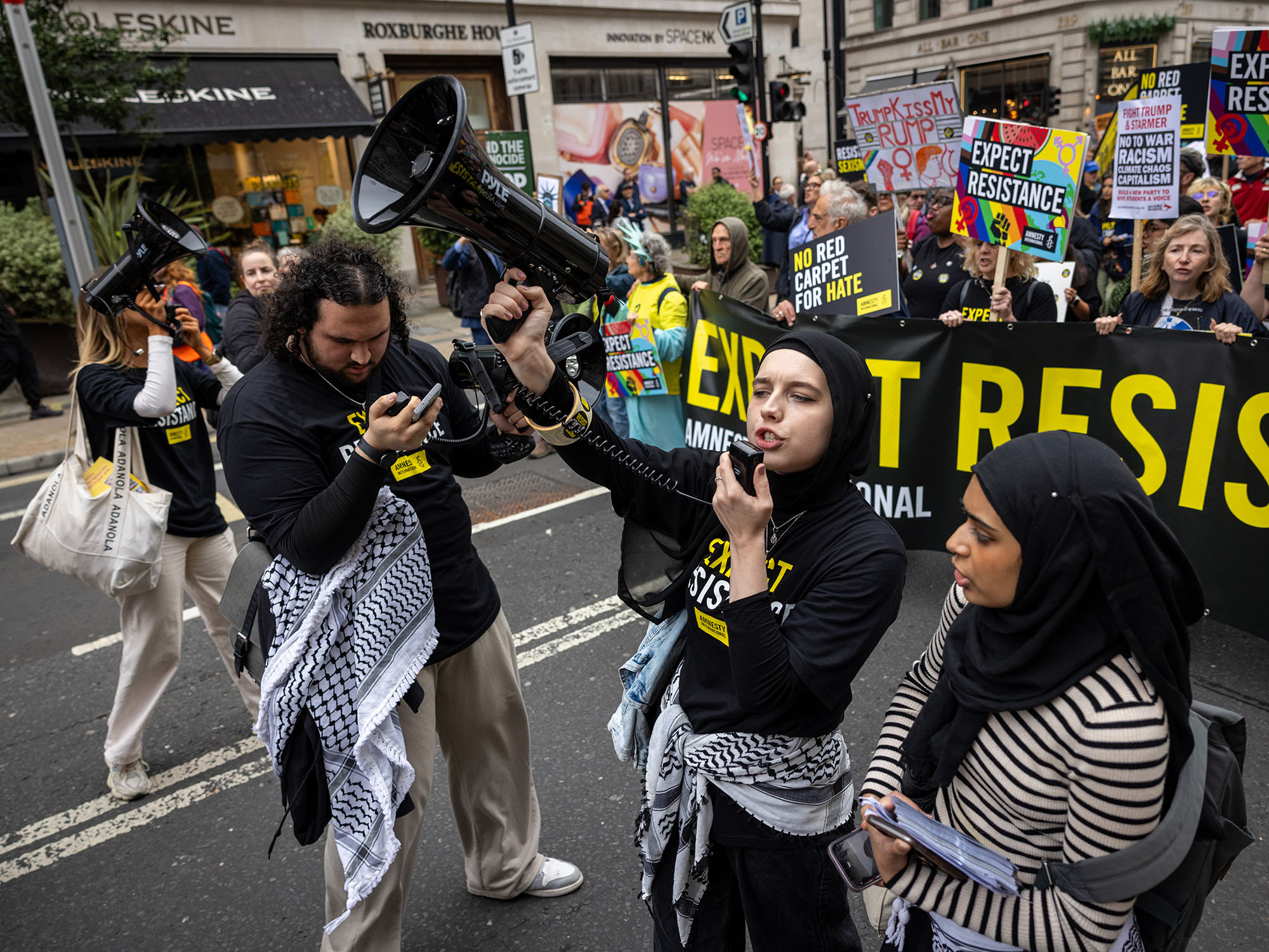Since the widely disputed presidential election in August 2020, the Belarusian regime has engaged in a brutal crackdown on all forms of dissent, real or imaginary.
Police have used rubber bullets, stun grenades, chemical irritants, water cannons and other less lethal weapons against peaceful protesters, resulting in at least four deaths and countless serious injuries. More than 30,000 demonstrators have been detained and scores of have been subjected to torture and other ill treatment. At least one person is known to have died in detention. Many journalists and human rights defenders involved on documenting police crackdowns in Belarus have been imprisoned. Opposition leaders have either fled the country or been detained.
You don’t have to be out in the streets protesting to be at risk. Passers-by, flower sellers and even people wearing red or white clothes — the colours of the flag of Belarus first adopted in 1918 during a brief period of independence — eating red and white candy or even hanging the red and white Japanese or Canadian flag in their apartments have also been targeted.
In the lead up to Freedom Day on March 25, 2021 – and yet another wave of mass demonstrations – law enforcement and government figures made chilling statements about a potentially violent response, with Deputy Minister of Internal Affairs Mikalai Karpenkau promising to “deal with them” in a way “already worked out” – a reference to the months-long violent crackdown.
Not a single official investigation into human rights violations by law enforcement officials in Belarus is known to have been opened. On March 24, the United Nations Human Rights Council passed a resolution mandating the Office of the High Commissioner for Human Rights to collect, analyse and preserve information about human rights violations in Belarus during the 2020 presidential vote and the post-election crackdown on peaceful protesters in order to ensure perpetrators’ accountability for crimes and bring justice to their victims.
WHAT YOU CAN DO
Last fall, a global petition against police brutality which saw 191,000 people from 144 countries and territories call for an end to police violence in Belarus. The visibility of that international action meant a great deal to people on the ground in Belarus struggling to defend human rights.
#StandWithBelarus on social media
Take or create a picture of a flower.
Write a solidarity message in support of Belarusian peaceful protesters.
Post this image on your Instagram, Facebook or Twitter.
Tag the Amnesty Canada social media @AmnestyNow (Twitter) and @AmnestyCanada (Facebook and Instagram) and we will share your posts. You can also tag the intenational social media at @amnesty (all platforms).
Use hashtag #StandWithBelarus.
Send solidarity cards and letters
Please keep messages to ones of solidarity and well-wishing so as not to put the prisoner at further risk.
If you are fluent in Belarusian or Russian:
A list of prisoners and their addresses is available on the website of the human rights organization Viasna: https://prisoners.spring96.org/en
If you are NOT fluent in Belarusian or Russian:
The website www.vkletochku.org features cases on a rotating basis and allows you to send, by email, an image and a message in any language and it will be translated, printed and posted from within Belarus to the prisoner.
NOTE: This is a volunteer-run project and not affiliated or partnered with Amnesty International. You can read their pricavcy policy here.
Amnesty International has been highlighting how various groups of people, including children, women, students and older persons, have suffered human rights violations at the authorities’ hands. You can learn more about the global #StandWithBelarus campaign here.











